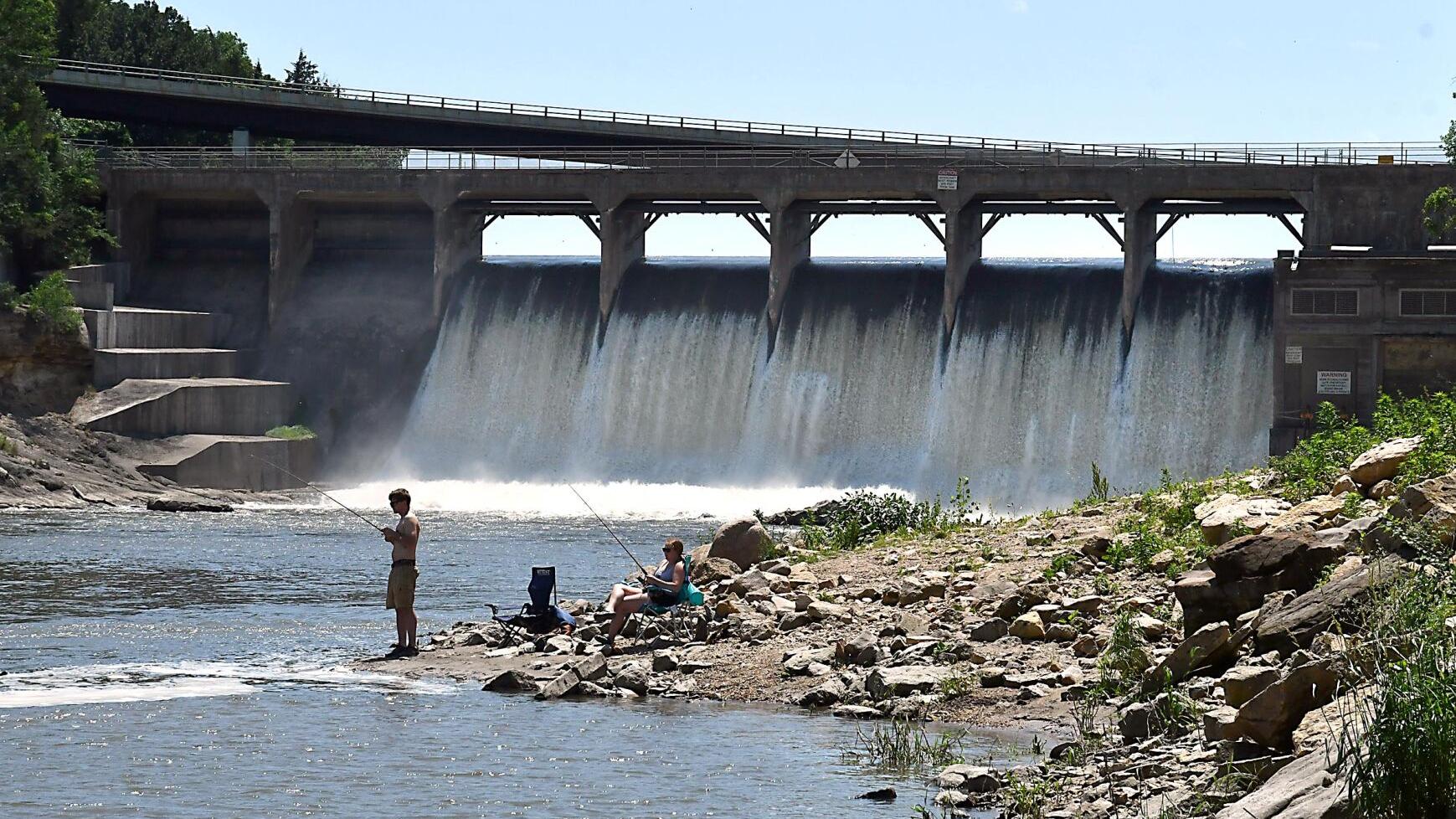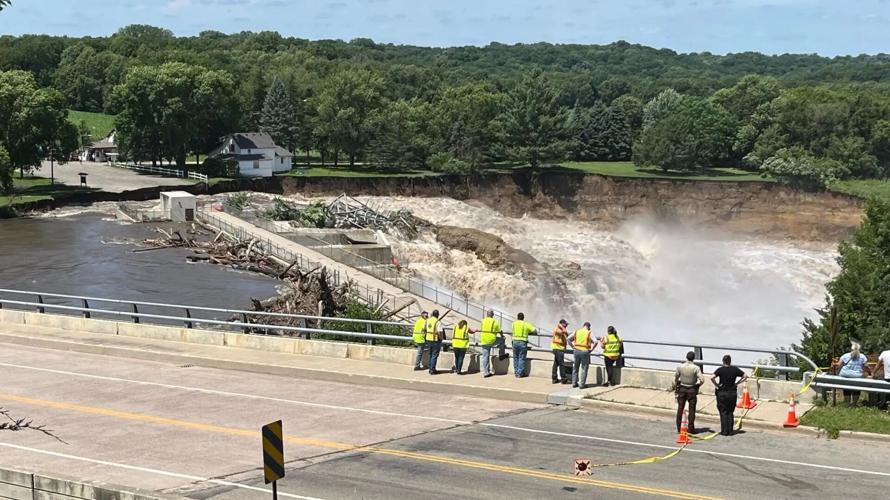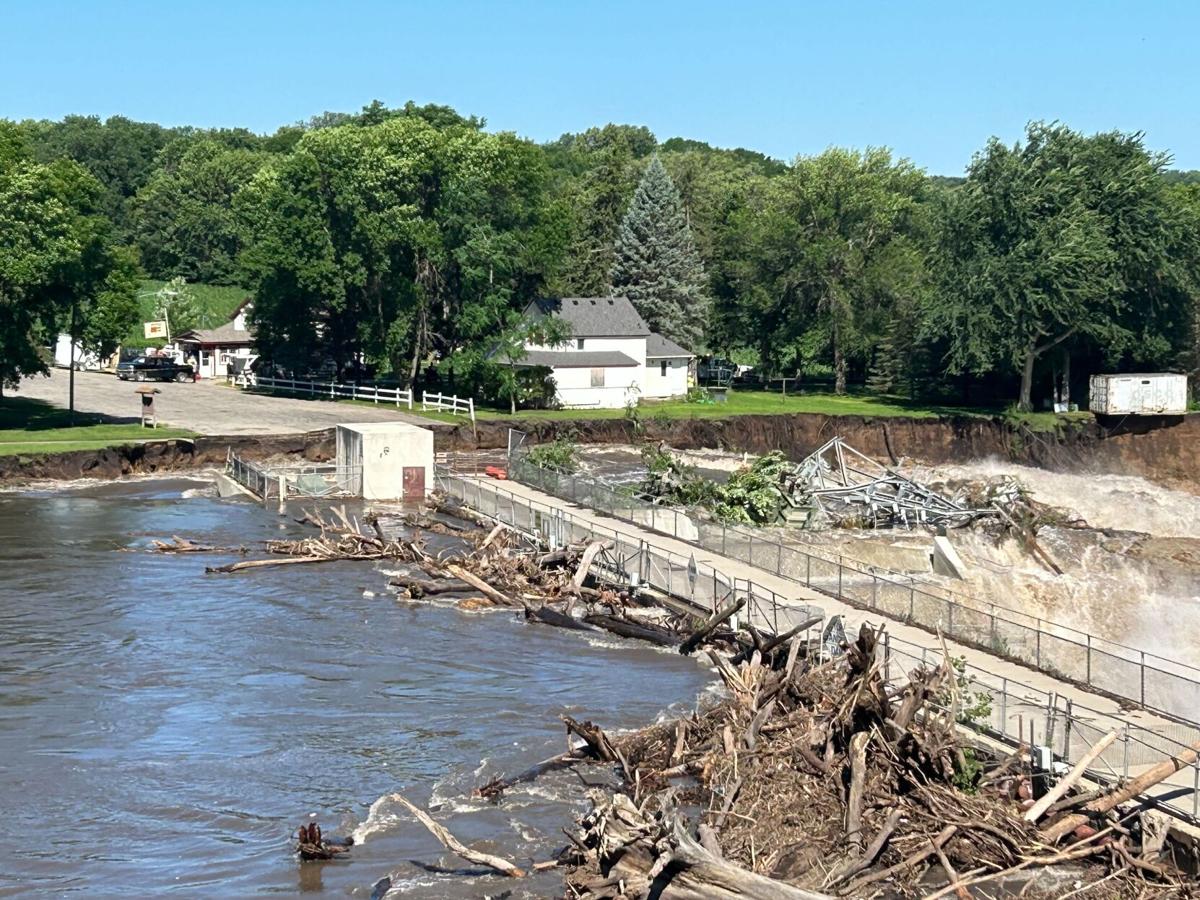Rapidan Dam, located on the Blue Earth River in Minnesota, stands as a testament to early 20th-century engineering prowess and continues to play a significant role in the local community and environment. This article explores the history, construction, and current status of the Rapidan Dam, alongside its ecological and social impact.
Historical Background Rapidan Dam

The Rapidan Dam was constructed between 1908 and 1910, during a time when the harnessing of water power was crucial for industrial and agricultural development in the United States. Situated near the small town of Rapidan, the dam was built to provide hydroelectric power to the surrounding region. The Southern Minnesota Power Company spearheaded the project, recognizing the potential of the Blue Earth River’s flow to generate electricity.
Construction and Design
The construction of the Rapidan Dam was an ambitious endeavor for its time. The project required the coordination of hundreds of workers and the use of innovative engineering techniques. The dam was designed as a concrete gravity dam, relying on its weight and the force of gravity to resist the pressure of the water behind it. This design choice was both practical and durable, ensuring the structure’s longevity.
The dam stands approximately 87 feet high and spans 475 feet across the river. Its reservoir, known as Lake Rapidan, covers around 318 acres and serves as a vital water source for irrigation, recreation, and wildlife habitat. The construction process involved the creation of a temporary coffer dam to divert the river’s flow, allowing workers to build the main structure in a relatively dry environment.
Early Operations and Economic Impact
Upon its completion in 1910, the Rapidan Dam began generating hydroelectric power, which was a game-changer for the region. The electricity produced by the dam powered homes, businesses, and farms, spurring economic growth and development. The availability of reliable and affordable electricity attracted industries to the area, creating jobs and boosting the local economy.
The dam’s hydroelectric plant initially had a capacity of around 2,000 kilowatts, which was substantial for the early 20th century. Over the years, upgrades and maintenance have increased this capacity, allowing the dam to continue providing electricity to the surrounding communities.
Environmental and Ecological Considerations

While the Rapidan Dam has been an economic boon, it has also had significant environmental and ecological impacts. The damming of the Blue Earth River altered the natural flow of water, affecting aquatic ecosystems and fish populations. The creation of Lake Rapidan flooded large areas of land, transforming terrestrial habitats into aquatic ones.
One of the most notable ecological impacts has been on fish migration. The dam acts as a barrier, preventing fish from traveling upstream to spawn. This disruption has affected species such as walleye, northern pike, and catfish, which rely on free-flowing rivers for their reproductive cycles. To mitigate these effects, fish ladders and bypass systems have been installed to help fish navigate around the dam, but these measures have had varying degrees of success.
The reservoir itself has become an important habitat for various species of birds, mammals, and aquatic plants. It provides a crucial stopover for migratory birds and supports a diverse array of wildlife. However, the alteration of the river’s natural state has also led to issues such as sedimentation and changes in water quality, which continue to pose challenges for conservation efforts.
Social and Recreational Importance
Beyond its economic and ecological roles, the Rapidan Dam has become jpslot a beloved landmark and recreational hotspot for the local community. Lake Rapidan offers numerous recreational opportunities, including boating, fishing, kayaking, and swimming. The scenic beauty of the reservoir and its surrounding areas attracts nature enthusiasts, photographers, and tourists.
The Rapidan Dam Park, located near the dam, features picnic areas, hiking trails, and camping facilities, making it a popular destination for outdoor activities. The park also serves as an educational site, where visitors can learn about the history and functioning of the dam, as well as its environmental impact.
Challenges and Future Prospects

As with any aging infrastructure, the Rapidan Dam faces ongoing challenges related to maintenance, safety, and environmental sustainability. The dam has undergone numerous inspections and repairs over the years to ensure its structural integrity. Regular maintenance is crucial to prevent issues such as cracking, erosion, and equipment failure.
In recent years, there has been growing concern about the environmental impact of dams and the need to balance energy production with ecological preservation. Some experts advocate for the removal of outdated dams to restore natural river ecosystems. However, the Rapidan Dam’s continued role in providing renewable energy and supporting local economies makes its removal a complex and controversial issue.
Efforts to improve the dam’s environmental footprint include modernizing its hydroelectric facilities to enhance efficiency and reduce ecological harm. Additionally, initiatives to restore and protect habitats in the Blue Earth River basin aim to mitigate some of the dam’s negative impacts on wildlife and water quality.
Conclusion Rapidan Dam
The Rapidan Dam is a multifaceted symbol of human ingenuity and the complexities of balancing progress with environmental stewardship. Since its construction over a century ago, the dam has played a vital role in powering communities, supporting local economies, and providing recreational opportunities. At the same time, it has posed significant challenges to aquatic ecosystems and necessitated ongoing efforts to address its environmental impact.
As we look to the future, the story of Rapidan Dam highlights the importance of adaptive management and innovative solutions in addressing the challenges of aging infrastructure. By continuing to invest in maintenance, modernization, and ecological restoration, we can ensure that the dam remains a valuable asset while minimizing its environmental footprint.
The Rapidan Dam stands as a reminder of the intricate relationship between human development and the natural world. Its history and continued significance offer valuable lessons in how we can strive for a sustainable and balanced approach to harnessing natural resources.
Read More Article About “Hezbollah Threatens Cyprus: A New Geopolitical Challenge“


























